Skin problems that can be caused by Diabetes, check here
Wed 22 Nov 2023, 23:38:48
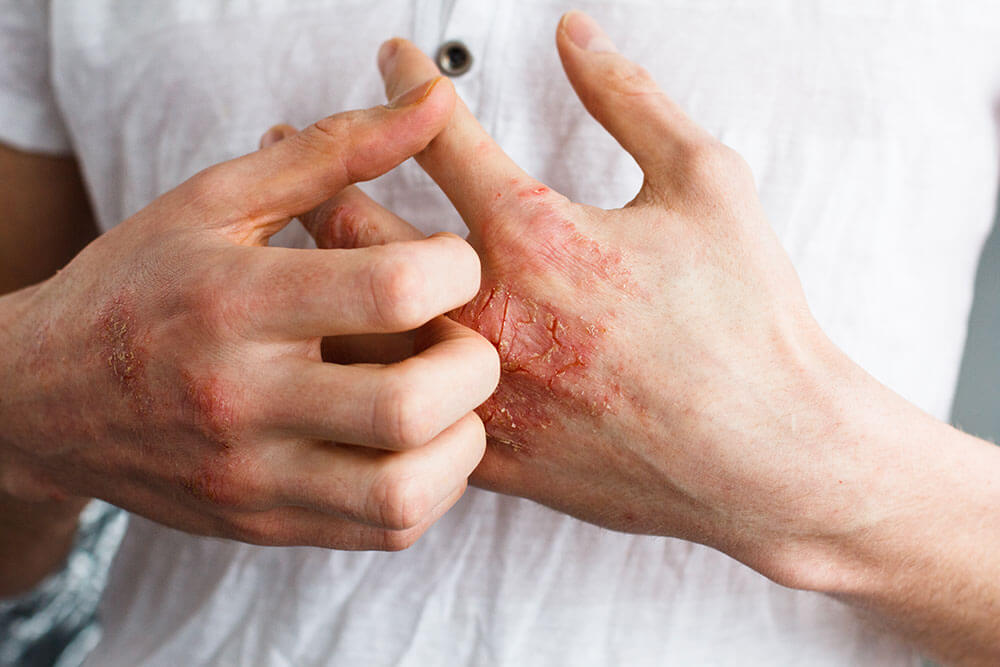
Diabetes doesn't just impact your heart, kidneys, liver, eyes, and nerves or feet, it also affects your skin. If you're a diabetic patient, you must constantly keep track of your blood glucose levels and any alterations in the condition of your skin and nails.
Diabetes happens when the body fails to control the blood sugar levels. Did you know? Diabetes can instigate new skin ailments and exacerbate existing ones. Elevated blood glucose, a result of diabetes, impairs blood circulation and deprives blood vessels and nerves of adequate blood supply and nutrients. Consequently, white blood cells become less efficient in combating infections. The diminished blood flow hampers the skin's healing capabilities and harms skin collagen, thus depriving the skin of its resilience. According to Dr Shareefa Chause, Dermatologist, Apollo Spectra, Mumbai, this damage hinders the proper functioning of skin cells, leading to heightened sensitivity to temperature and pressure in the skin.
Here are some of the skin problems commonly seen due to diabetes:
1. Psoriasis is a condition that can impact anyone, but individuals with type 2 diabetes have an elevated risk of exacerbation( increased) of psoriasis lesion, This ailment manifests as a red patch with white scales and itchy on the skin.
2. Dry and itchy skin: Elevated blood sugar levels can cause the body to extract fluid from skin cells to create urine, resulting in dry, cracked skin. Diabetic neuropathy or nerve damage, particularly in the legs and feet, is another cause of dry skin. Itching dry skin can lead to cracks that allow infections to penetrate the skin causing inflammation, redness, and irritation.
3. Diabetics are
more susceptible to fungal infections which often present as a red, itchy rash and scales in warm body areas like between toes, elbow folds or armpits, and mouth corners. Common fungal infections among diabetics include candida albicans, ringworms, athlete's foot, jock itch, and recurrent vaginal yeast infections.
more susceptible to fungal infections which often present as a red, itchy rash and scales in warm body areas like between toes, elbow folds or armpits, and mouth corners. Common fungal infections among diabetics include candida albicans, ringworms, athlete's foot, jock itch, and recurrent vaginal yeast infections.
4. Diabetics also suffer from bacterial infections. Boils, folliculitis, styes on eyelids, carbuncles, and infections around the nails are found in those with diabetes.
5.Necrobiosis Lipoidica manifests as small solid skin bumps, which, if left untreated, evolve into patches of swollen, hard skin that is yellow or reddish-brown. Some other symptoms include shiny skin around the bumps, discomfort itchy skin, and noticeable blood vessels.
6. Acanthosis nigricans is a condition often preceding diabetes where the skin on areas such as the armpits, groin, or neck turns extremely dark, thick, and velvety in texture. It can also affect other parts of the body like elbows, hands, and knees.
7. Digital sclerosis is unrelated to excessive use of digital devices but its symptoms may hinder their use. The condition results in tight waxy skin on hands and stiff fingers due to hardened thickening skin making finger movement difficult. The condition can spread to various body parts including toes, upper arms, knees, ankles, and elbows.
8. Bullosis diabeticorum also known as diabetic bullae means blistering eruptions on the backs of fingers, hands, toes, feet, legs, or forearms. These sores are akin to burn blisters and are more likely in individuals suffering from diabetic neuropathy. These blisters are typically pain-free and tend to heal independently within several weeks.
No Comments For This Post, Be first to write a Comment.
Most viewed from
Most viewed from Health
AIMIM News
Asaduddin Owaisi files nomination papers on Friday
Apr 20, 2024
Owaisi Begins Election Campaign in Hyderabad
Apr 13, 2024
Bring back Indian workers in Israel: Owaisi
Apr 13, 2024
Latest Urdu News
Most Viewed
May 26, 2020
Do you think Ruturaj Gaikwad would be a good captain for Chennai Super Kings?
Latest Videos View All
Like Us
Home
About Us
Advertise With Us
All Polls
Epaper Archives
Privacy Policy
Contact Us
Download Etemaad App
© 2024 Etemaad Daily News, All Rights Reserved.



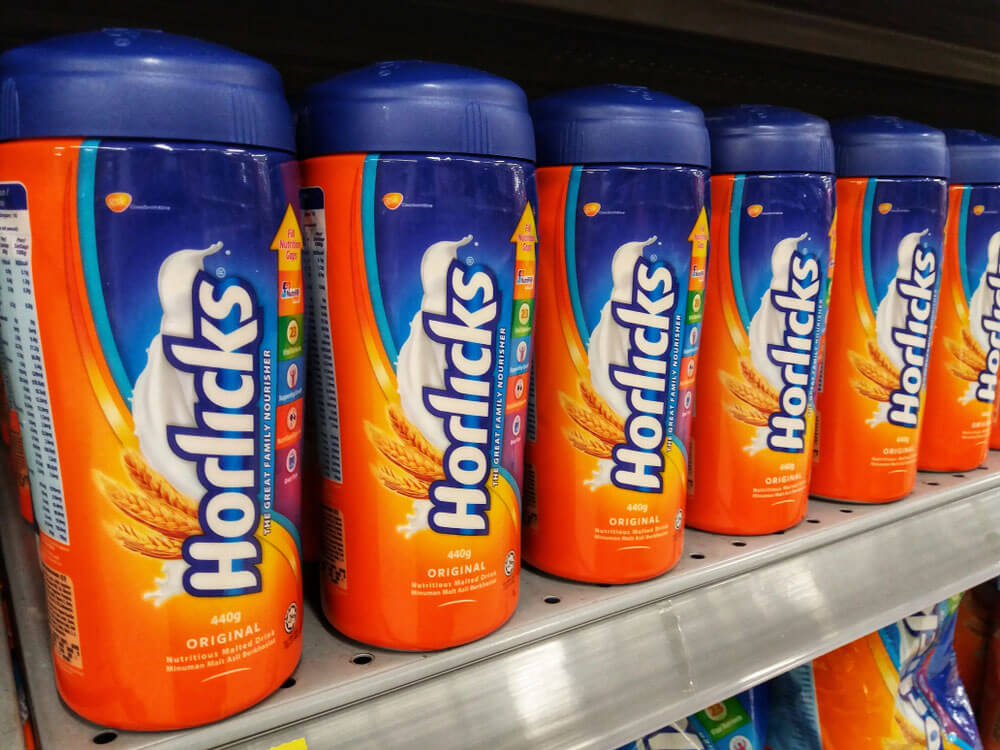

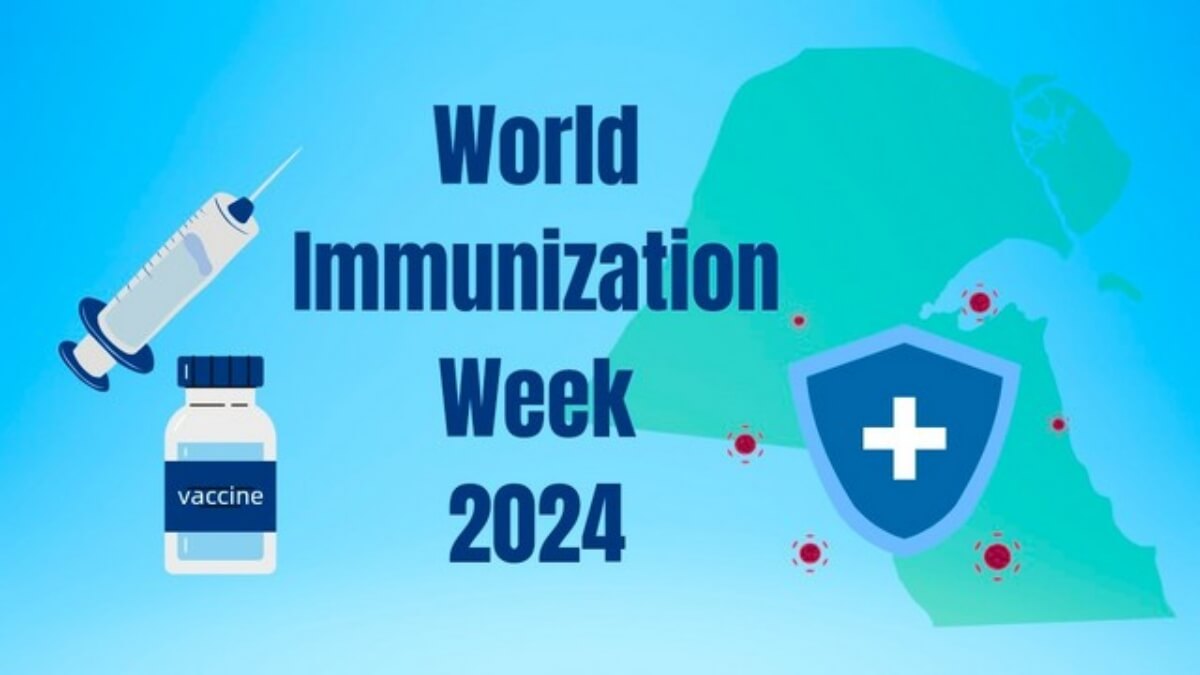
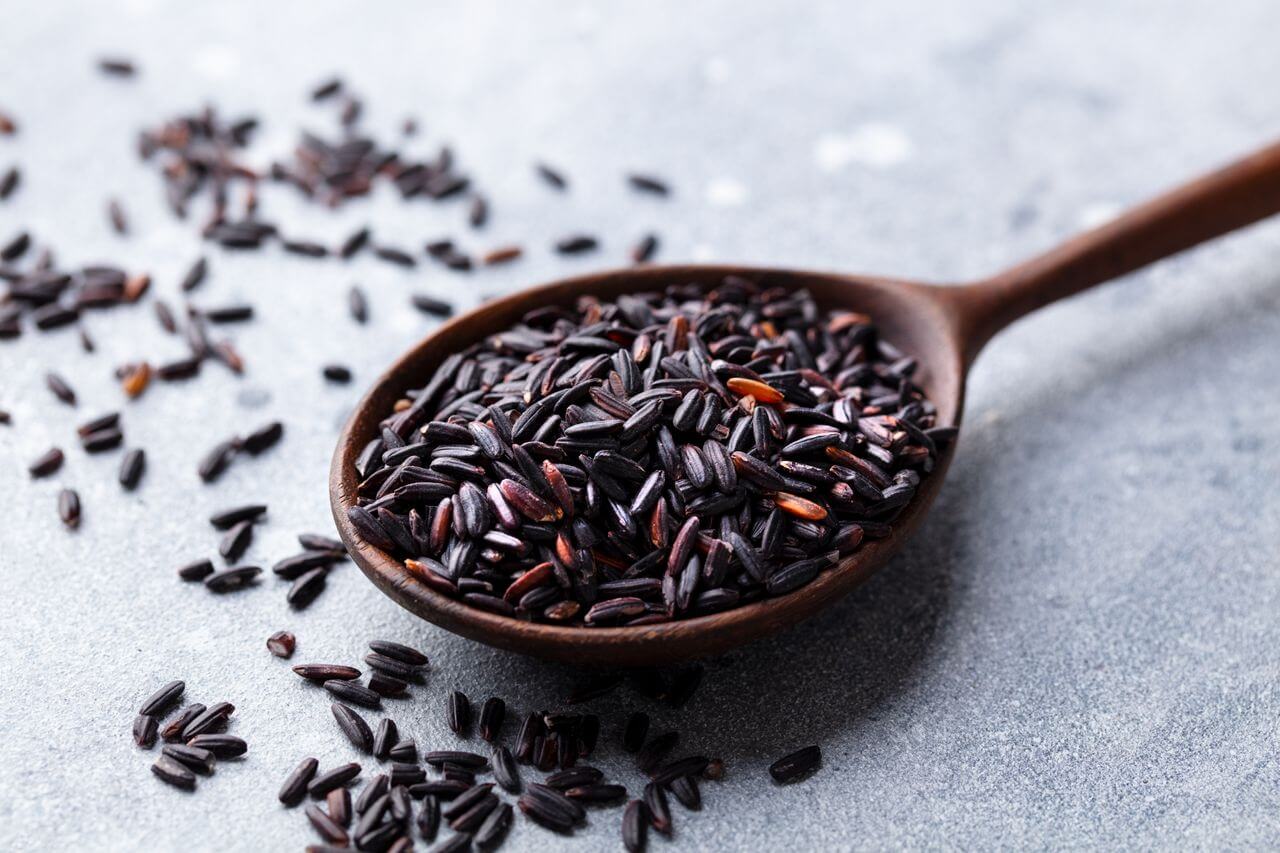


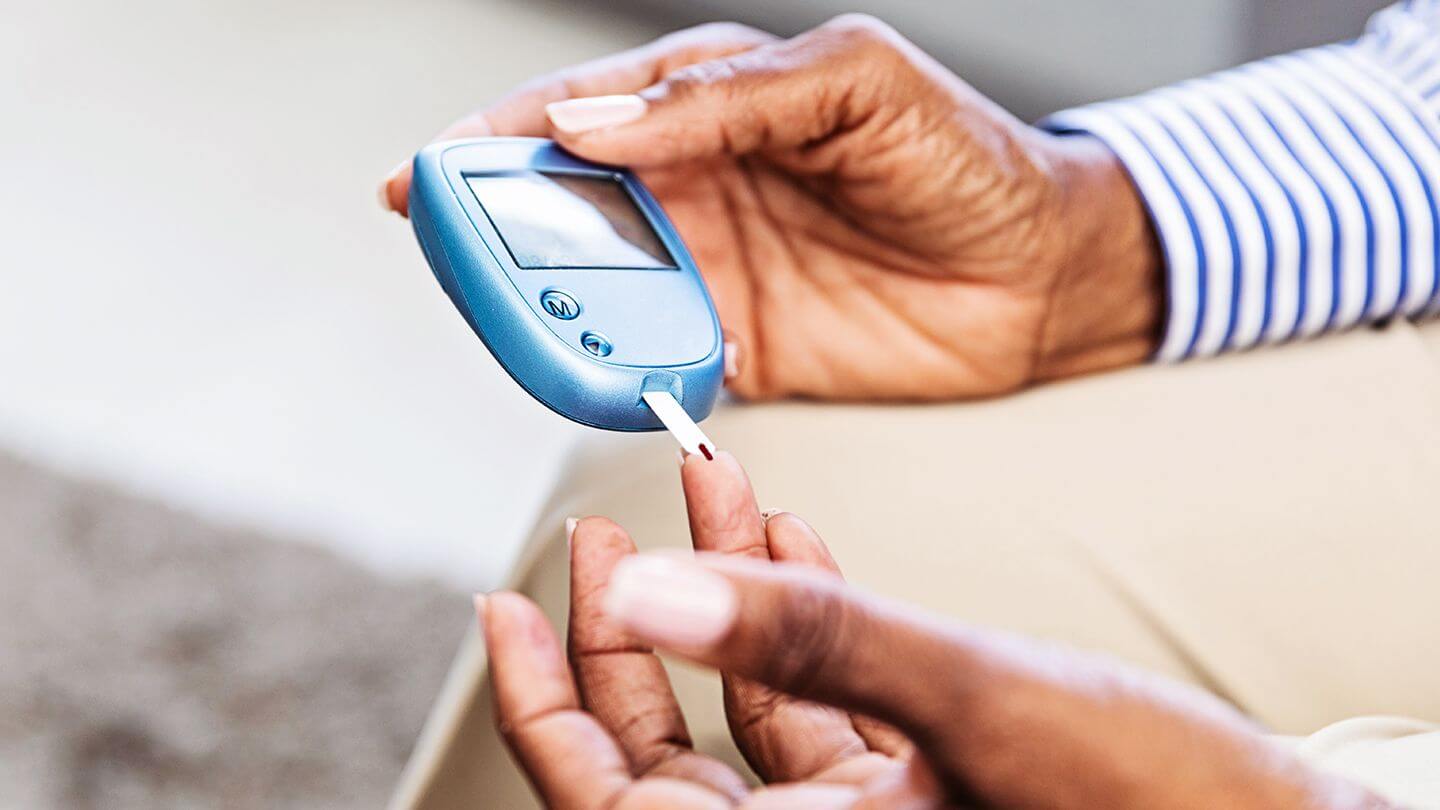


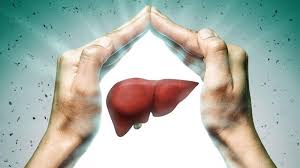
.jpg)
.jpg)
.jpg)
.jpg)
.jpg)
.jpg)
.jpg)
.jpg)
.jpg)
.jpg)
.jpg)
.jpg)
















